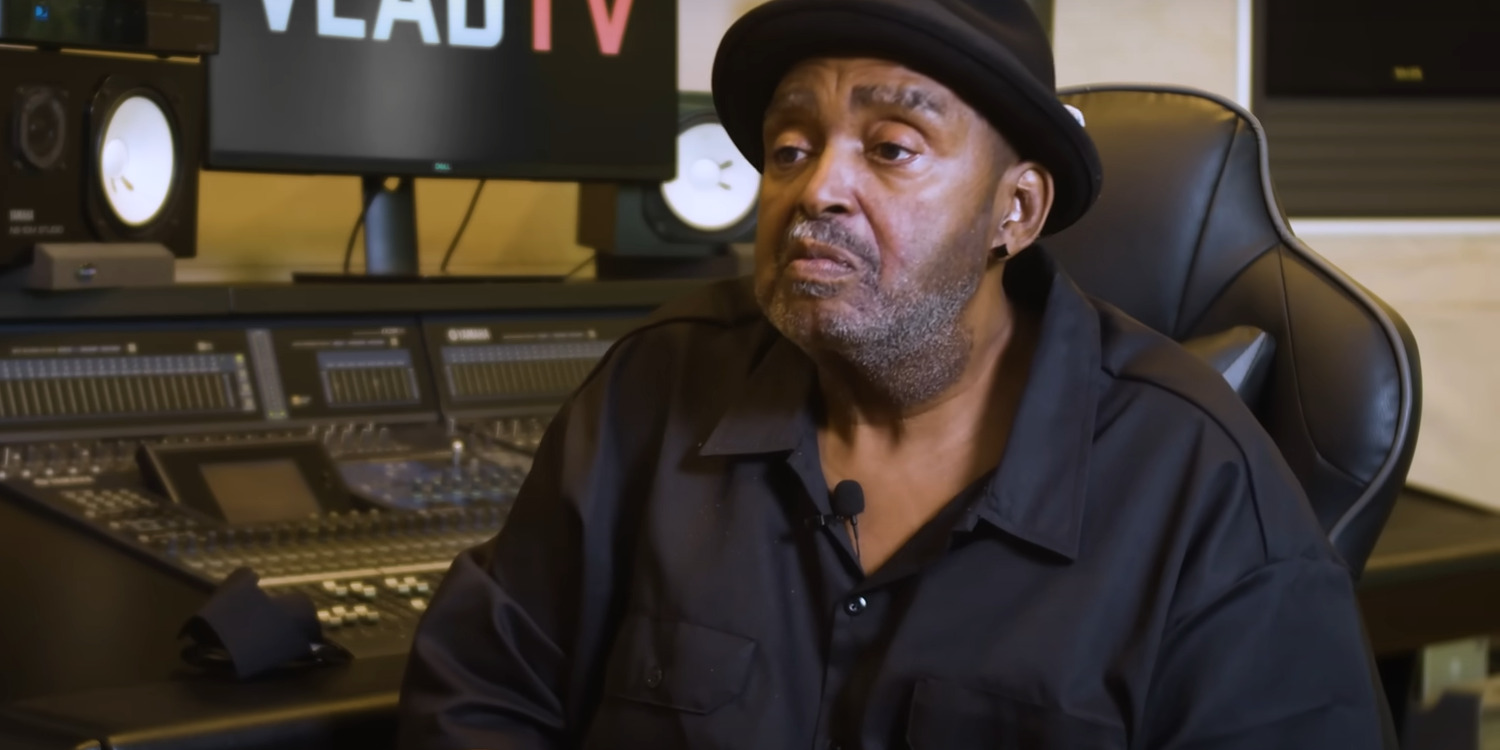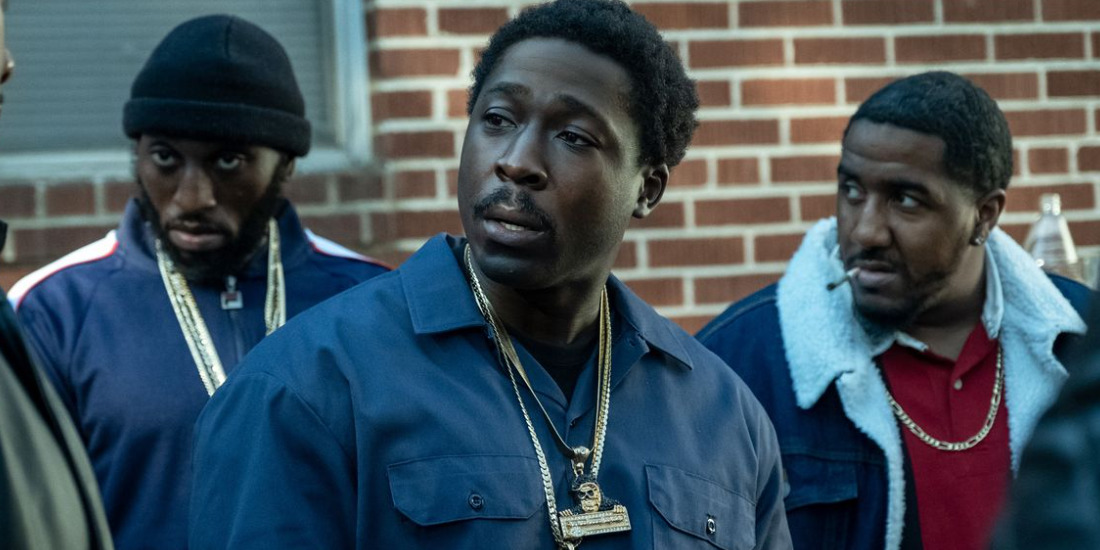The crime-infested world of ‘BMF’ delves into the gang culture brewing in Detroit during the 80s by equipping the titular Black Mafia Family as the narrative center. Brothers Terry “Southwest T” and Demetrius “Big Meech” Flenory, hailing from a regular family, have lucrative dreams they realize through the thriving local drug dealing scene. As a result, after operating under a bigger gangster with their “50 Boyz” crew, the Flenorys emerge into their own prominence— first taking over the streets of Ecorse and then Detroit. Naturally, several other gangsters and drug dealers also enter the narrative as either friends or foes for the duo.
Lamar Silar, seasoned within drug-running circles, remains a prominent adversary in the brothers’ story, sporting a legendary rivalry with Meech. For the same reasons, the character’s significance— paired with the show’s real-life inspired roots— is bound to incite curiosity within the audience regarding his basis as a real-life drug dealer. SPOILERS AHEAD!
Fictionalized Lamar Silas and The Real-Life Layton Simon A.K.A. Ladon Beast
Lamar Silas, the primary antagonist in the first two seasons of ‘BMF’ is loosely based on the real-life drug dealer Layton “Ladon Beast” Simon. The character and his real-life inspiration are most notably tied to each other through their shared rivalry with the Flenory Brothers, especially Big Meech. Yet, Simon’s reality diverges from Silas’ on-screen portrayal in some significant ways. Reportedly, Simon grew up in Detroit, Michigan, where his paths intertwined with the drug world early in his life. At the age of eight, as per Simon’s own account, the boy defended his mother with only a shotgun from two attackers with drug addictions. The traumatizing experience shaped Simon’s worldview, smoothening his eventual transition into drug trafficking circles.

According to reports, Simon was drug dealing from the young age of fourteen, brought into the business through Dirty Diamonds, who facilitated an introduction between a teenage Simon and Harold Stinson, a local kingpin within such circles in the 70s. The man served a prison sentence during the time when cocaine was on the rise as the leading drug in the business. Therefore, with Stinson gone, E.D. Boyd and his “50 Boyz” crew came into prominence. Consequently, Simon entered a rivalry with Boyd— and, by extension, the Flenory Brothers— shortly after his release from imprisonment.
In 1987, Simon’s younger brother, Elvis, died in a shootout against the 50 Boyz, furthering the war between the two clans. Allegedly, Big Meech bragged about Elvis’ death, which increased Simon’s anger at his rival. Even so, Simon— currently out of the drug-dealing business and socially reformed as a youth advocate— shared that he respected Big Meech for upholding the street code.
Therefore, although Simon holds a thread of connection to Lamar through his recorded rivalry with Big Meech and his crew, his on-screen counterpart evidently departs from real events. In fact, in the past, Simon has expressed his issue with the way ‘BMF’ depicted Lamar’s character and his frequent violence towards women and children. In an interview with djvlad, Simon spoke about one specific show’s storyline wherein Lamar kills a young boy, Darius, in an attempt to kidnap Meech’s sister, Nicole.

Simon established that he has always had a pleasant relationship with children and would never hurt them. He also stated he always took his problems to his enemies themselves rather than going after their families. Furthermore, he has contested the show’s depiction of Lamar’s past institutionalization due to mental health issues. Even though there were rumors about Simon’s mental health, the man claimed he always held onto his mental well-being even when things were tough. Therefore, it remains apparent that the show tinkers and tampers with a noticeable amount of truth to convert Simon’s inspiration into the on-screen Lamar Silas.
Therefore, we can conclude that despite sharing a tangible basis in reality through Layton Simon, Lamar Silas’ character still carries significant fabrication and creative liberty. As a result, where other characters— especially the Flenory family— retain their original names and connections to reality, Lamar’s character sports a fictionalized name to highlight his pseudo-fictitious origins. Ultimately, the character remains a blend of fact and fiction, sharing noticeable similarities with the real-life former drug dealer Layton Simon.
Read More: Crime Dramas Similar to BMF You Must See


You must be logged in to post a comment.